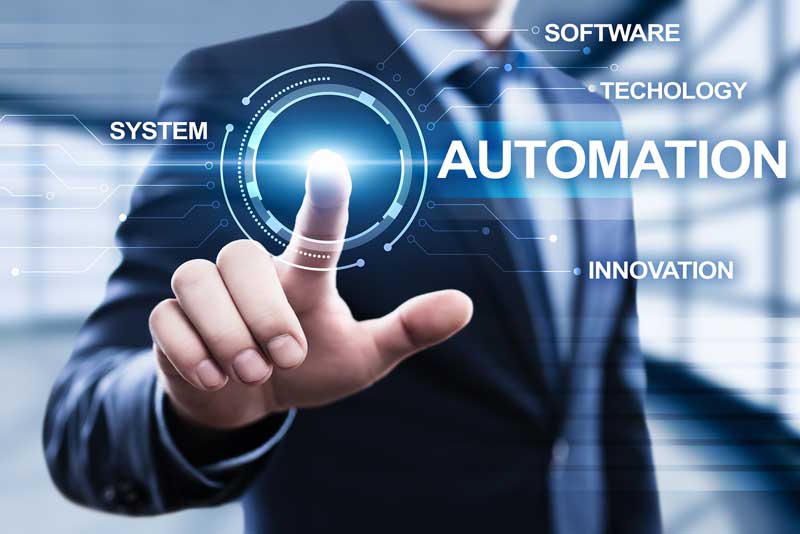The Future of the Computer
By Neil Harrison LL.B. (Hons)
Some recent innovations such as Apples iPad have given us a rather exciting look into the future of computers. But before we start looking forward to the future computer trends and must have devices, let’s take a look back to get a better idea of how the computer has evolved to date.
The very first primitive computer I recall was actually won in a national competition by a fellow student of mine at secondary school and we were all amazed by how cool it was. An entire classroom had to be converted to house this huge machine, with air conditioning units to stop the thing going into meltdown and the windows boarded up to keep the sun from adding to the heat problem. I can’t remember the technical specifications of the computer but I do recall that it powered six green screen VDU’s in the next classroom and that it was used predominantly for number crunching purposes. The computer itself was the size of three single wardrobes. I recently spoke to the brother of the student who won the computer and he assured me that a modern data enabled wrist watch had more computing power than that Goliath machine that had dominated the classroom in my childhood.

Home Computers
Today we have to thank the likes of Steve Jobs and Bill Gates who were both instrumental in bringing those massive computers down to a more manageable size. With the introduction of the personal computer, computers got smaller and smaller while their processing power increased. Even those heavy, space guzzling CRT monitors had to make way for the flat LCD monitors that are now sold as standard. Another thing that has happened is that the cost of computers has fallen so much over the years that many households now own several personal computers, hooked up to wireless networks.
So Will the Computer Cease to Exist?
Future technology probably won’t make the home PC a thing of the past, but it will certainly change it. When you consider how many other web enabled appliances are around these days, it is hardly surprising that many are letting their dedicated PC go the way of the steam train, in favour of smart phones, smart TV’s or simply by surfing the web from their PS3, Wii or XBox console. In other words, we can expect to see future technology being blended into other everyday household appliances.
Laptops, Netbooks, and Ultrabooks: Sexy, Sleek and Portable
First we managed to drastically reduce the size of the PC, and then came the laptop. This enabled users to work from remote offices, on the train or even in the toilet! No more was there a need to be shackled to the desk in a specific location. Then came the netbooks, and now there are ultrabooks that are designed to feature reduced bulk without compromising performance and battery life. They use low-power Intel Core processors, solid-state drives, and a unibody chassis to help meet these criteria. Due to their limited size, they tend to omit common laptop features such as optical disc drives and Ethernet ports. These devices usually share a few common characteristics including the integrated folding design and portability. Differences include size and storage, with the laptop using hard disks, the netbook relying more heavily on the cloud, and ultrabooks using Flash memory. The one thing they all have in common is the keyboard, and future computer trends seem to point to a computer without the keyboard, which could render this type of computer obsolete.
What, No Keyboard?
Do we need a dedicated keyboard anymore? Touch screens are now becoming integrated into more and more appliances like smart phones and the host of tablets available. These must have gadgets can do just about anything a full size desktop or laptop can do anyway and Sony are currently working on a holographic computer that can be worn on the wrist. They do have a sort of pull out keyboard but it is based on a touch screen.
Speech Recognition, Microfluidic Technology and Touch Screens
Speech recognition still isn’t perfect, but it has improved quite a bit though in recent years. Windows 7 includes a built-in speech recognition program in its operating system. It will save a lot of repetitive strain injury when it is perfected but will we want everyone to hear us dictating to our devices on the train?
It is not only is the keyboard that is threatened, the mouse is too because of touch screen technology. Tablets and smart phones currently make use of touch screen technology and many of the “all in one” desktop computers now come with touch screen LCDs. Windows 8 is expected to take the touch screen into the mainstream.
Accessibility of the Touch Screen
The trouble with touch screens is their very limited accessibility function. If you are blind, where do you touch the screen to type? At least with a standard keyboard, there are the raised markers on the F, J and 5 keys to facilitate key location. Well, good news is just around the corner in the form of microfluidic technology. These are physical buttons, guidelines, or shapes that actually rise up from a tablet or Smartphone’s flat, touch screen surface when the user needs to punch in a phone number or write a quick message, and they disappear like magic when the application is closed.
In short, there are many exciting developments just around the corner, holographics, microfluidic technology to mention just two, but until we have a fully integrated brain chip installed, we will probably have some sort of keyboard in one form or another.
Tags
#FutureComputing
Would you like to know more?
Whether you have a project ready to go and need the website to make it happen or you would just like to ask a question contact us now on 01953 425 932.
